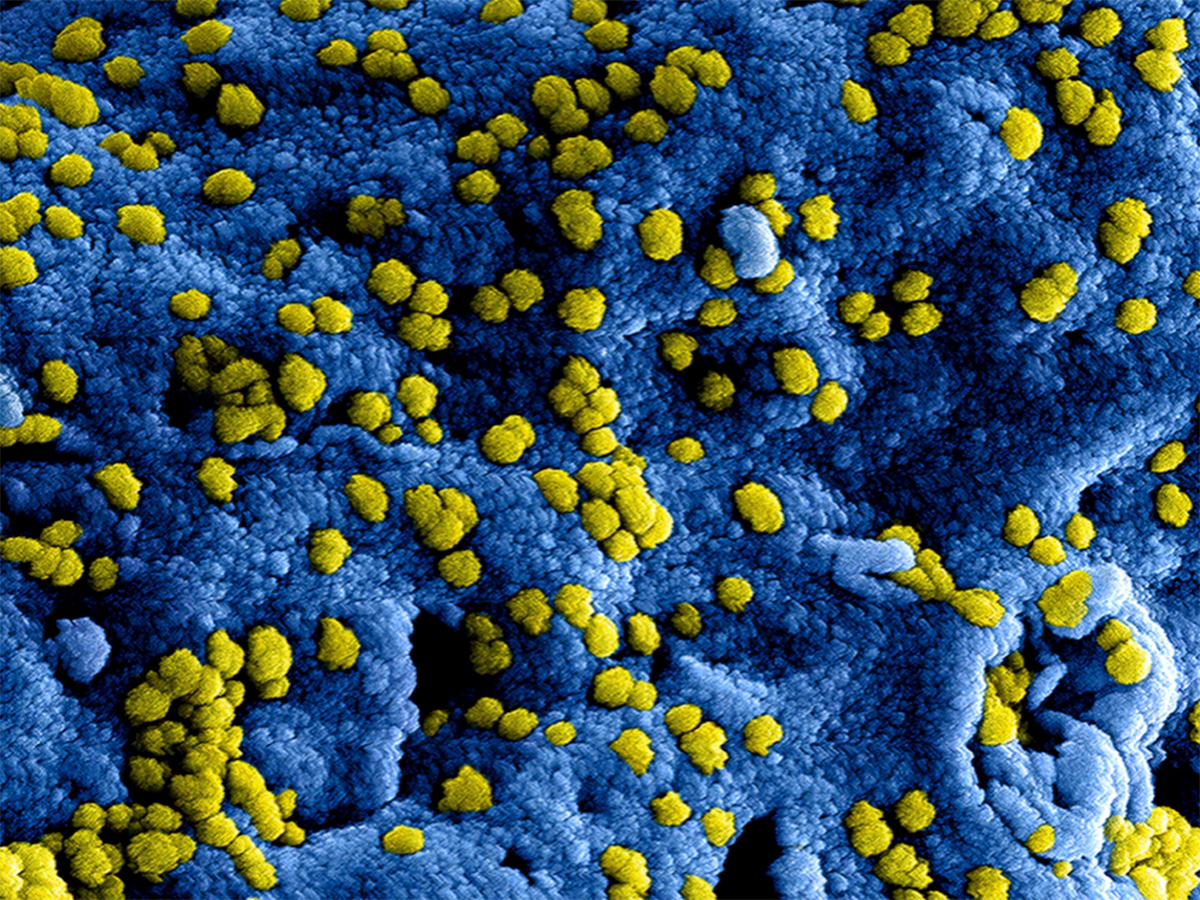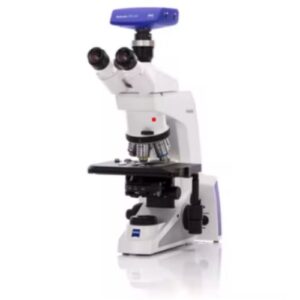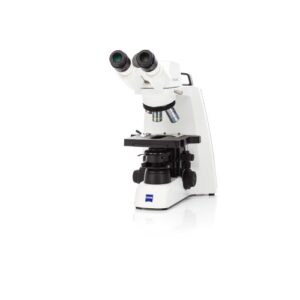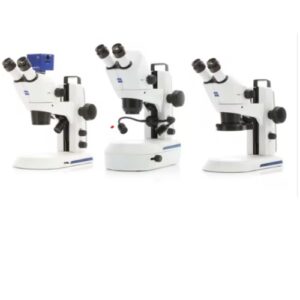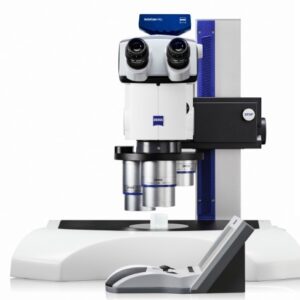Source: Unsplash
Scanning electron microscopy (or SEM for short) has long been used to create incredibly detailed images of our microscopic world. There is arguably no other instrument with the breadth of applications in the study of solid materials that compares with SEM. SEM is critical in all fields that require characterization of solid materials, but new applications are being discovered in diagnostic pathology.
What is SEM?
A scanning electron microscope (SEM) [1] uses a focused beam of high-energy electrons to generate a variety of signals at the surface of solid specimens. The signals that derive from electron-sample interactions reveal information about the sample including external morphology (texture), chemical composition, and crystalline structure and orientation of materials making up the sample. In most applications, data are collected over a selected area of the surface of the sample, and a 2-dimensional image is generated that displays spatial variations in these properties. However, SEM is now being used for more than just surface topography: new research is showing the applications of SEM in diagnostic pathology.
How does SEM work in Diagnostic Pathology?
New research [2] shows that high-resolution scanning electron microscopy (HRSEM) can be applied to diagnostic pathology and cell biology examinations. The introduction of new technologies like low kV scanning transmission electron microscopy (STEM) detectors are capable of imaging sub-nanometer resolution. It is a breakthrough application because typically SEM can reveal cellular topographical details, but not diagnostic details in enough resolution that is useful to researchers. This new applications of low kV STEM show the ultrastructural features of specimens which allow for an accurate diagnosis of diseases.
Why is it a big deal?
- HRSEM micrographs present clearly the ultrastructural features in cell biology, and pathology.
- Samples of renal, brain and prostate tissue show the ultrastructure relevant for disease diagnosis.
- HRSEM systems also facilitate wide-area survey views of complex tissue.
- HRSEM will follow a similar evolutionary course to TEM in the field of diagnostic pathology.
Sources:
- [1] Carleton University
- [2] Cohen Hyams T, Mam K, Killingsworth MC. Scanning electron microscopy as a new tool for diagnostic pathology and cell biology. Micron. 2020 Mar;130:102797. doi: 10.1016/j.micron.2019.102797. Epub 2019 Dec 4. PMID: 31862481.

